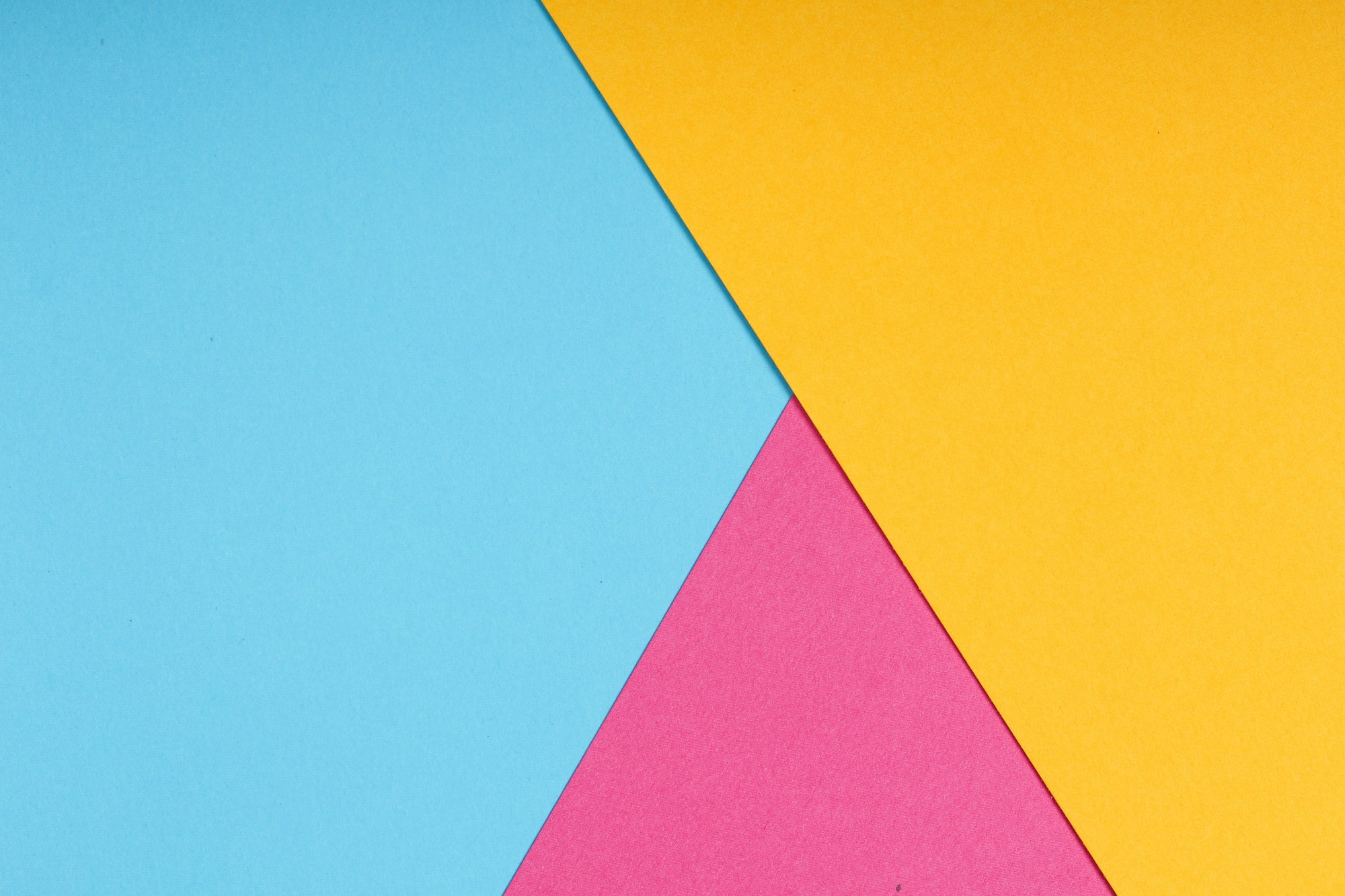Material Design Lite

Material Design Lite (MDL) is a lightweight framework developed by Google to help developers create modern, responsive web applications using Material Design principles. MDL enables a sleek and visually appealing design with minimal code, making it easy to incorporate the Material Design look and feel into your web projects.
Whether you’re new to MDL or looking to explore its features in depth, this page will provide all the essential resources you need to get started, customize your design, and take full advantage of Material Design Lite’s capabilities.
What You’ll Find Here:
- Introduction to Material Design Lite: Learn what Material Design Lite is, how it fits within Google’s Material Design guidelines, and why it is a great option for building responsive websites and apps with minimal overhead. Understand the differences between MDL and other frameworks like Bootstrap and Foundation.
- Getting Started with MDL: Discover how to get started with Material Design Lite, including how to install and integrate it into your web projects. Learn about the required libraries and the basic structure of MDL’s HTML, CSS, and JavaScript components.
- MDL Components Overview: Explore the various UI components available in MDL, such as buttons, cards, sliders, forms, navigation drawers, and more. Learn how to implement and customize these components to enhance the user interface of your website.
- Setting Up Material Design Lite: Learn how to configure MDL in your project, whether you're using a CDN, downloading the framework locally, or incorporating it into a build system. Discover how to add MDL to your existing HTML projects and configure the necessary files for styling and functionality.
- MDL Grid System: Understand how the MDL grid system works to create flexible and responsive layouts. Learn how to use the grid system to build structured, mobile-friendly designs that look great on any device.
- Material Design Lite Customization: Learn how to customize the appearance of MDL components to fit your project’s branding. Explore options for modifying colors, typography, and spacing, and understand how to use MDL’s theming features to apply global styles.
- MDL JavaScript Features: Discover the various interactive JavaScript features that MDL provides, such as modal dialogs, tooltips, dialogs, and snackbar notifications. Learn how to integrate these features into your website for an enhanced user experience.
- Material Design Lite for Mobile: Learn how to make your website mobile-friendly using MDL’s mobile-first design principles. Discover how MDL handles responsiveness and ensures your site’s layout adapts well to different screen sizes.
- Using MDL with Other Libraries: Learn how to integrate Material Design Lite with other libraries and frameworks like jQuery, Angular, or React. Explore how to enhance MDL’s functionality and extend its capabilities by combining it with other popular tools.
- Building Forms with MDL: Understand how to build stylish and functional forms with MDL. Learn how to create input fields, radio buttons, checkboxes, and select dropdowns using MDL’s predefined classes and components.
- Advanced Customization with MDL: Dive deeper into advanced customization, such as overriding default MDL styles with your own CSS, adding custom animations, or creating custom components that fit your specific project needs.
- MDL Performance Optimization: Learn techniques for optimizing the performance of your MDL-based site, including lazy loading of assets, minimizing HTTP requests, and using efficient image formats to improve load times and user experience.
- MDL for SEO: Discover how to optimize your MDL website for search engines by using semantic HTML, optimizing images and media, and ensuring good mobile responsiveness to meet Google’s ranking criteria.
- MDL Accessibility Features: Understand how to make your MDL-based website accessible to all users, including those with disabilities. Learn how to use ARIA (Accessible Rich Internet Applications) roles and other best practices to enhance accessibility.
- MDL Best Practices: Explore the best practices for working with Material Design Lite, including organizing your project files, maintaining consistency in design, and ensuring cross-browser compatibility.
Material Design Lite is a lightweight, easy-to-use framework for building responsive, aesthetically pleasing websites based on Google’s Material Design system. This page will guide you through all the essential aspects of MDL, from installation to advanced customization, to ensure you can build attractive and functional web applications with ease.